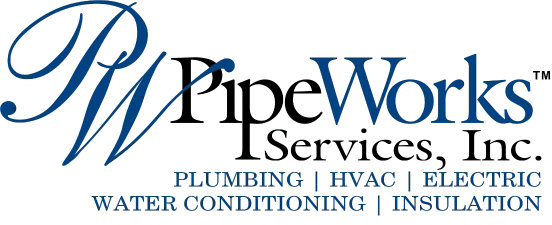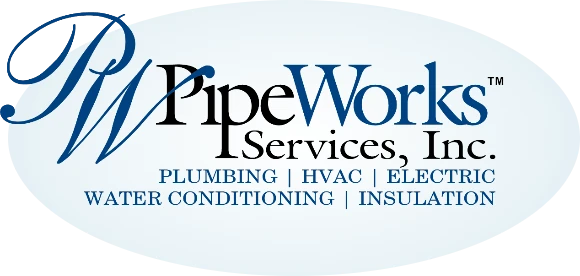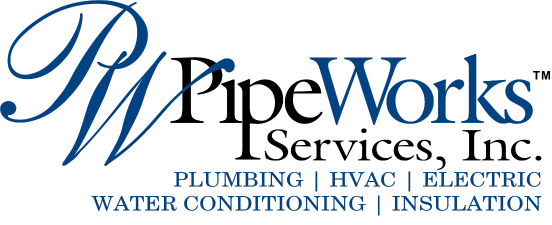Dehumidifiers are appliances that help remove water vapor and moisture from the air. These devices can help homes achieve ideal relative indoor humidity. According to the Environmental Protection Agency (EPA), relative indoor humidity levels should fall between 30% and 50% for residential households. Indoor humidity levels that exceed 60% increase the risk of mold growth. A look at the ways that dehumidifiers regulate moisture levels and combat mold growth can help you maximize the indoor comfort of your home.
What Is Mold?
Mold refers to various species of fungi that grow on surfaces. In nature, mold can thrive anywhere that moisture and oxygen are present. Mold spreads by emitting microscopic reproductive cells called spores that waft through the air and settle on new surfaces. When it comes to the outdoors, mold serves the important function of breaking down dead organic matter like fallen leaves, decomposing trees, and other debris. On the other hand, indoor mold growth is a major health and safety hazard. Homeowners should take steps to eliminate indoor mold growth at all costs.
According to the Center for Disease Control (CDC), approximately 70% of U.S. households are prone to mold problems. This mold growth can destroy household surfaces like structural wood, carpet, insulation, walls, flooring, and furnishings. The spread of mold spores can also cause health issues like respiratory and nasal problems, skin rashes, and headaches. The CDC reports that mold spores can also act as allergens that can trigger problems with asthma or allergy attacks. Households with children, the elderly, or individuals with pre-existing respiratory conditions are particularly vulnerable to safety risks associated with mold. If you have noticed or suspect mold in the house, contact a professional to devise a plan to tackle moisture levels in your home. Managing excess moisture is one of the first steps to stopping the spread of mold growth.
How Do Dehumidifiers Work?
Dehumidifiers help lower the relative indoor humidity within a home. High humidity levels create the perfect breeding environment in which mold can thrive and spread. Dehumidifiers can eliminate these ideal breeding conditions, mitigate potential health risks, and reduce the incidence of mold damage to your living space. If you suspect that your indoor air has too much moisture, an HVAC professional can test moisture levels using a device called a hygrometer. If the hygrometer indicates excessive moisture levels, the technician can install a dehumidifier to bring the moisture balance back to normal. There are three main types of dehumidifiers: refrigerant dehumidifiers, desiccant dehumidifiers, and whole-home dehumidifiers.
Refrigerant Dehumidifier
A refrigerant dehumidifier works by drawing moist air into the device. The appliance then cools the air down by running it over a refrigerant coil. This process removes the excess moisture through condeindnsation. After completing the dehumidifying process, the refrigerant dehumidifier then releases drier air back into the room, thereby lowering overall relative humidity.
Desiccant Dehumidifier
A desiccant dehumidifier works by using a drying agent to absorb moisture from the air. The drying agent usually consists of silica or a similar absorptive substance. Most desiccant dehumidifiers also use a form of rotary technology known as a desiccant wheel. As the desiccant wheel rotates or spins in a humid space, it absorbs moisture and then releases dry air back into the room.
Whole-Home Dehumidifiers
Whole-home dehumidifiers help regulate moisture levels throughout each room of your household. Whereas traditional dehumidifiers work primarily in designated rooms, whole-home dehumidifiers install directly to your HVAC system or ductwork. This means that in addition to working in known humid spaces like kitchens and bathrooms, whole-home dehumidifiers are also effective in areas like basements, crawlspaces, attics, or dark closets. When humidity level in your home begins to exceed 50%, it triggers the dehumidifier to extract excess moisture from household air. The unit continues to work much like a central conditioning system until overall moisture levels return to normal again.
What Are the Signs that I Need a Dehumidifier?
The presence of mold is one of the top signs that you need a dehumidifier. If you notice unpleasant mold coloring, a professional can remove growth colonies and install devices to regulate humidity. However, mold spores are microscopic and undetectable with the naked eye. In addition, mold often grows in dark spaces and remains unnoticed until it is too late. Fortunately, there are other noticeable warning signs when your home has become the perfect breeding ground for mold. Contact an HVAC professional today if you notice any of the following indicators.
Stuffy Rooms
When relative indoor humidity starts to climb above 60%, you may notice a stuffy or sticky room environment. This stuffy room environment can persist regardless of air conditioner or fan use. At this point, the moisture is also heavy enough to foster mold growth. The only viable solution is to install a device powerful enough to remove excess moisture from the surrounding air.
Musty Odors
Biological growth such as mold, mildew, or bacteria can release unappealing smells. These odors are often noticeable long before homeowners find the visible source of mold. If you start to smell musty or foul orders, schedule a professional inspection. A technician can also install appliances to regulate moisture levels in the future.
Condensation
Condensation is a sign of excess moisture within your room. This condensation can accumulate on windows, doors, furniture, or large appliances. Condensation indicates that humidity levels are high enough to encourage mold growth. A dehumidifier can extract this extra humidity from the room.
Water Damage or Rot
If you see splotches or water stains on the ceilings or walls, it is time to contact a professional immediately for help. You could have a plumbing system leak or other source of water damage. If left uncorrected, these damp areas can harbor mold and deteriorate the structural wood framing of your home.
Blistering Paint or Peeling Wallpaper
Blistering paint and peeling wallpaper are both signs of excess moisture on your walls. When the water vapor level reaches this point, it creates the perfect setting for mold to grow. A dehumidifier can help correct the issue before it is too late.
Creaky Furnishings or Doors
Have you suddenly noticed creaking sounds from door frames, cabinets, floorboards, or wooden furniture? This is often a sign that wood has begun to expand due to the absorption of moisture from the air. An HVAC professional can test current moisture levels and install a dehumidifier as needed.
How Do I Choose the Right Dehumidifier for Mold?
Once you have decided to install a dehumidifier, it is important to select the right one for your home. A professional technician can help you make the right choice based on your home’s style, size, and needs. Factors to consider include capacity, energy efficiency, and personalized features. If you need help with indoor air quality, turn to us!
Capacity
Dehumidifiers come in various sizes and capacities. You should select a unit that can handle the square footage and humidity level of areas that may foster mold growth. In other words, large spaces with high degrees of dampness may need a higher-capacity dehumidifier to reduce relative humidity.
Energy Efficiency
Depending on humidity levels, your dehumidifier unit may need to operate for extended periods of time. Ask an HVAC professional about units with ENERGY STAR certifications. These units consume less power while effectively lowering moisture levels. In some instances, such units are also eligible for vouchers or tax credits.
Drainage Options
Dehumidifiers extract water vapor from the air, and drainage of this excess moisture depends on the model. For example, some dehumidifiers have built-in pumps while others depend on manual maintenance of water reservoirs. Talk to your HVAC technician about the best drainage method to ensure hassle-free operation.
Additional Features
In addition to removing moisture, some humidifiers have smart features like built-in humidistats, programmable timers, and auto-shutoff options. A technician can help you pick the best features for your residence type and lifestyle.
Rely on Local Experts
Dehumidifiers play an essential role in mold prevention. Professional installation is the way to get the most out of your dehumidifying unit. Our team at Pipe Works Services provides dehumidifiers for homes in Chatham, NJ and the surrounding areas. We can test humidity levels and install the best appliance for your home. Our technicians also handle other indoor air quality (IAQ) devices, including air purifiers. In addition, we provide HVAC installation, maintenance, and repair and have experts on hand to deal with electrical or plumbing problems. Contact us at Pipe Works Services today for any of your home service needs.




